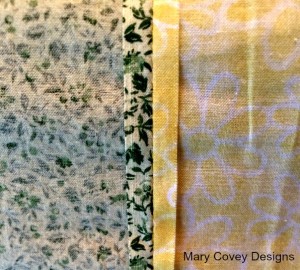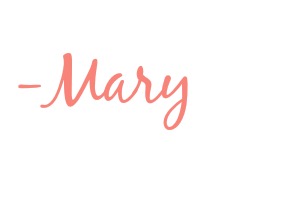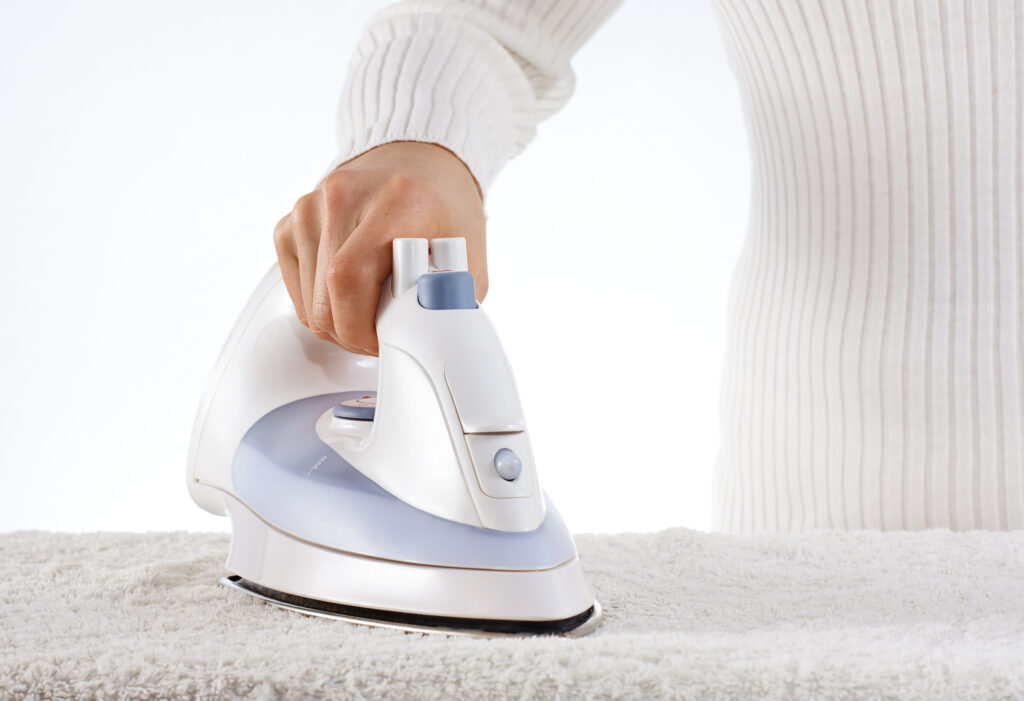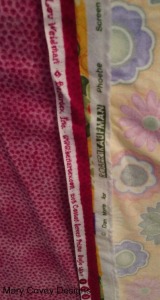Preparing Your Quilt to be Quilted
Whither you are hand quilting, machine quilting for yourself, or sending your quilt to a professional quilter to quilt for you, there are a few tips that will help your quilt have a better finished look.
Always make certain that your quilt top and backing are neatly pressed. I cannot emphasize this enough. Unpressed seams can cause a multitude of problems such as tucks, puckers and humps in your finished quilt. Check for any open seam or stray pins while you are pressing. An unpressed quilt top can cause stitching irregularities and even needle breakage for the quilter. The pressed quilt top should be hung on a hanger or neatly folded for the quilter. Check with your quilter to see which they prefer.
It is important that you completely press the backing of your quilt even if it has no seams. Fabric right off the bolt can have creases that turn into tucks when not properly pressed out. If there are seams in the backing be sure to trim away all selvage edges. Selvages are woven more tightly than the rest of the fabric. When your quilt is washed the selvages draw up more than the rest of the fabric and cause puckers in the backing. Press seams open or to one side whichever is your preference.
Pictured above is an example of the correct way to trim the selvages and press the seams.
Pictured above is an example of an uneven seam that has untrimmed selvages and the seam has not been pressed.
Hang the backing with the quilt top or fold it neatly for the quilter. Check with your quilter to see which they prefer. Always measure your backing to make sure it is large enough for your quilt before sending it to the quilter. Check with your quilter to see how much extra they require.
As your are pressing your quilt, make sure that your borders a straight and your quilt is square. Waves in the border can limit the types of designs that the quilter can use. The same is true if your quilt is not square. Both of these problems can cause difficulty in loading the quilt and quilting a flat design. Consult your quilter if you need to, they may have suggestions on how to help. This would also be a good time to check for spots or stains.
Finally, talk with your quilter about batting choices and thread that will be used in your quilt. I ask that my customers provide their own batting(and recommend the types that I accept) but many quilters provide the batting as part of their price structure. I include thread as part of my fee but many quilters have an extra fee for thread.
I am sure there are many more tips for preparing a quilt for quilting. Comment below or email me with your tips.



